![]()
|
Cork
& Edge |
Location and period of operation:
|
Cork &
Edge |
Burslem |
1846 |
1860 |
|
Earthenware and ironstone manufacturers in Queen Street, Burslem, Stoke-on-Trent, England
|
Subsequently:-
Cork, Edge & Malkin
Selected
by the Committee for the Staffordshire Potteries
to exhibit at the Paris Universal Exhibition of 1855

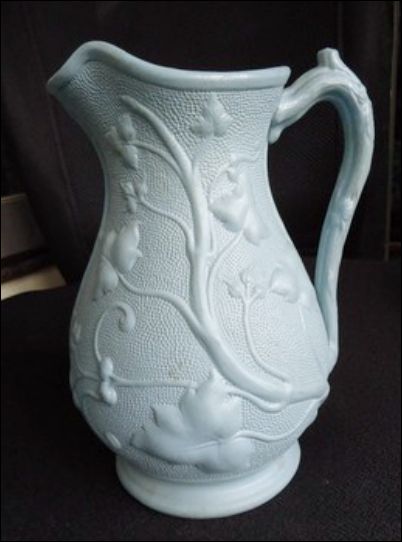 relief moulded jug in the botanic pattern with a pale blue glaze |
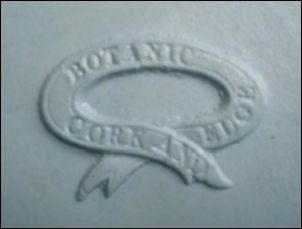 Botanic Cork and Edge
|
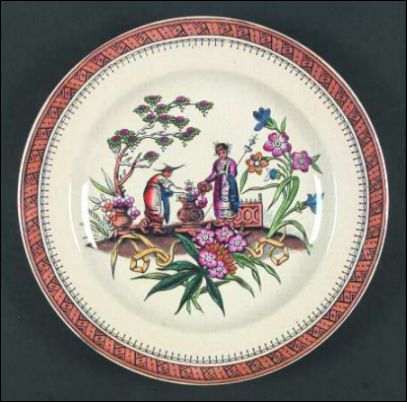
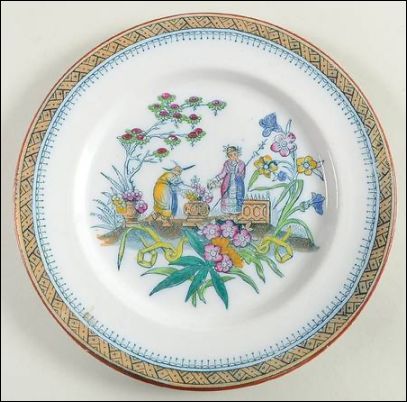
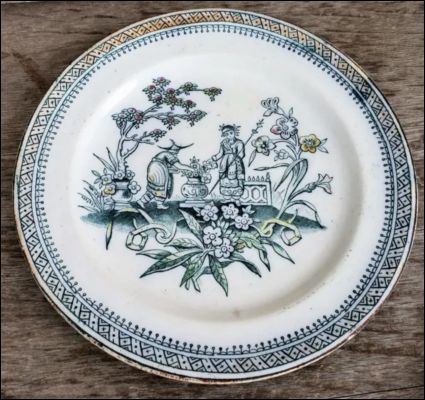
'Chang' was a popular pattern
produced in a range of style
this pattern was continued by successor companies
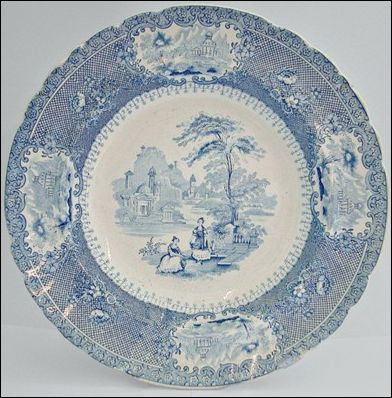
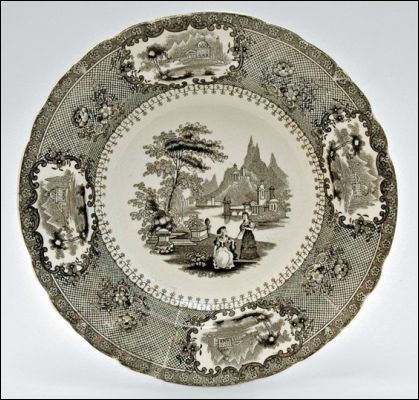
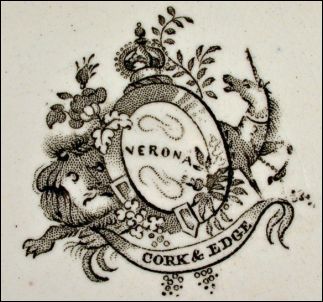
transfer ware soup dishes in
the Verona pattern - Cork & Edge
Marks &
initials used on
ware for identification:
C & E
CORK & EDGE
Pearl Ware Ironstone

Botanic
Cork and Edge
moulded mark often used on
relief moulded jugs

Cork and Edge
belt style mark incorporating the lion and unicorn from the Royal Arms
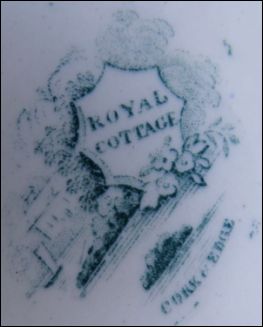 Royal Cottage Cork & Edge |
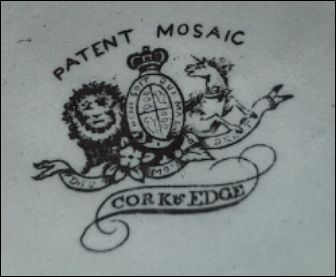 Patent Mosaic Cork & Edge mark incorporating the Royal Arms |
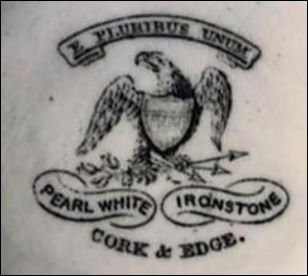 E Pluribus Unum Pearl White Ironstone Cork & Edge mark used ware for the American market
- it incorporates the motto of the United States: |
Queen Street Works
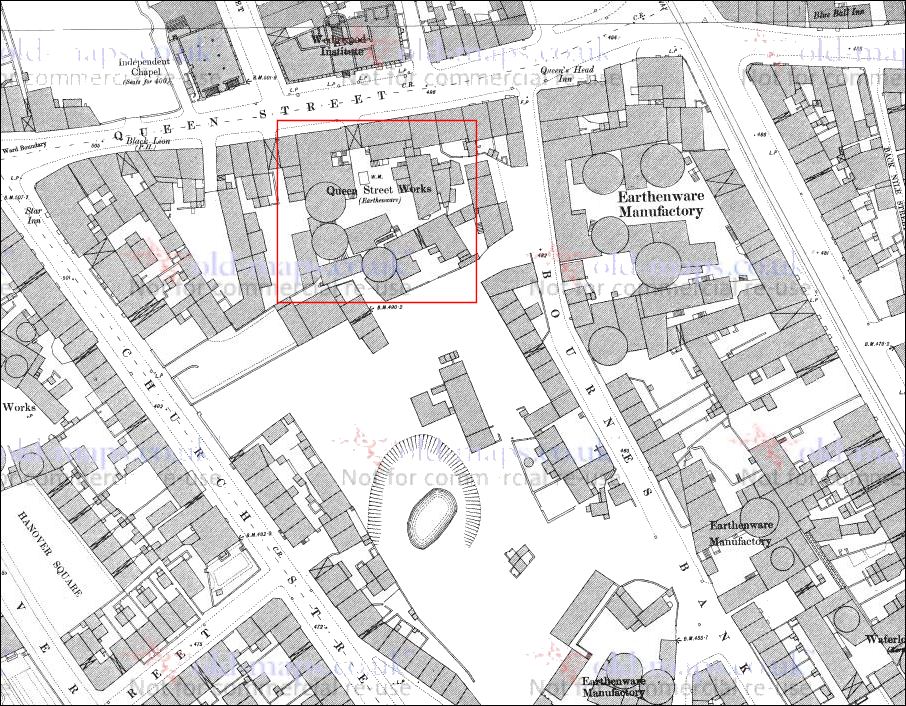
1879
map showing the Queen Street Pottery, Burslem
Queen
Street was named after the pottery
ware Josiah Wedgwood made for Queen Charlotte in 1765.
Opposite the Queen Street Works is the Wedgwood
Institute which was built on
the site of Wedgwood's Brick
House Works
Questions, comments, contributions? email: Steve Birks